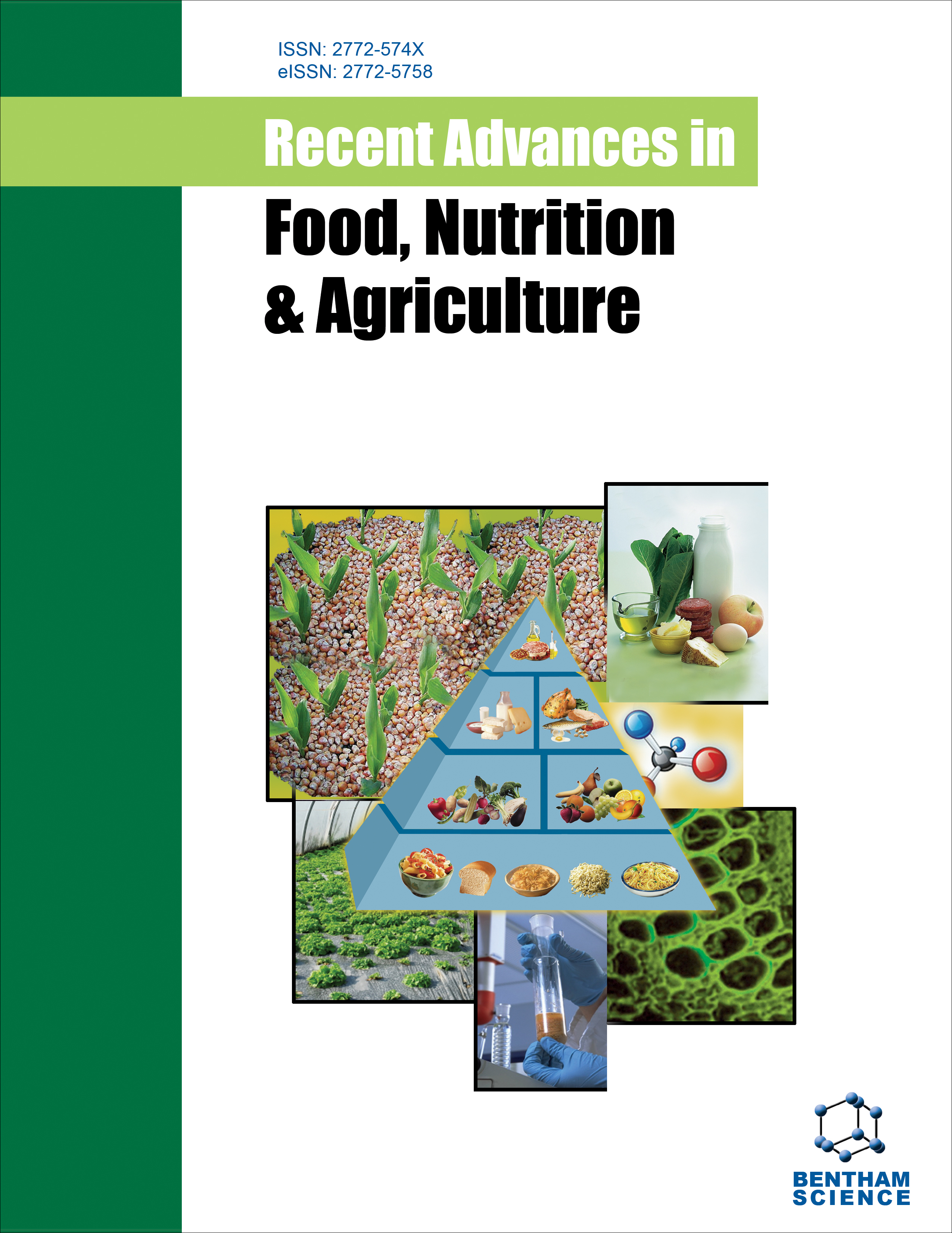
Full text loading...
We use cookies to track usage and preferences.I Understand

Green Revolution aims to boost food production and feed millions of Indians, but it also has negative effects on agriculture and society's health. Natural manures like cow dung and cow urine can counteract the adverse effects of inorganic fertilizer on soil along with improving physicochemical qualities, maintaining the soil quality, and increasing crop output. Zero Budget Natural Farming (ZBNF) formulations like Jivamrit promote soil health and microbial activities and are an excellent source of macronutrients, other micronutrients needed for plant growth, plus adds beneficial microbes, nitrogen (N2), phosphorus (P), potassium (K), and natural carbon (C). Further, conventional agricultural methods, like monocropping and heavy tillage, can damage soil bacteria which contributes to sustainable agriculture through nitrogen fixation, siderophore synthesis and nutrient absorption. A sustainable agricultural system is resource-efficient, socially and commercially competitive, ecologically sound, and supportive of society. Jivamrit, a natural organic manure, is gaining interest due to concerns about the sustainability of input-intensive agriculture systems. It promotes crop growth, quality, and yield, enhances soil pH, population, and activity of beneficial microorganisms, and helps with nitrogen fixation, phosphate solubilization, and easy decomposition. Long-term use of Jivamrit, may disrupt soil microbial balance, may leading to overpopulation of certain species. The current review on the Jivamrit emphasizes on the biological and chemical characterization and its significance to the agriculture.

Article metrics loading...

Full text loading...
References


Data & Media loading...